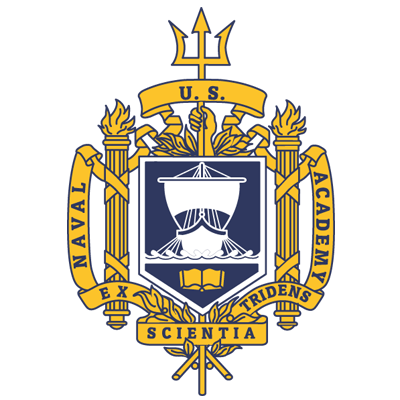Founded in 1845, the United States Naval Academy (USNA), also known as Annapolis, is a prestigious federal service academy located in Annapolis, Maryland. The academy sits on a sprawling campus adjacent to the Severn River and Chesapeake Bay. It is renowned for its rigorous academic and military training programs, which prepare its midshipmen for careers as officers in the United States Navy and Marine Corps. With a relatively small enrollment compared to many other universities, each class-referred to as a brigade-consists of approximately 4,500 students, underlining the Academy's focus on a tightly knit and disciplined military education environment.
The USNA stands out with its unique combination of higher education and military preparation. Unlike most universities, students, called midshipmen, receive a full scholarship and commit to serving in the military upon graduation. The Naval Academy offers specialized programs and training facilities that are not commonly found at civilian institutions, including state-of-the-art simulators for navigation and ship handling, as well as access to real naval vessels for hands-on experience. Moreover, its Cyber Operations major is one of the few undergraduate programs in the nation certified by the National Security Agency, aligning with the increasing importance of cyber warfare in national defense.
The Academy boasts several positive aspects, from its esteemed faculty, many of whom are highly decorated military personnel, to its history of producing notable leaders, including Presidents, Congress members, and Medal of Honor recipients. Its emphasis on moral character, leadership, and physical fitness is evident in the robust extracurricular and physical training regimes. Community service initiatives led by midshipmen regularly contribute to the local area and beyond, demonstrating the Academy's commitment to developing leaders with a strong sense of civic duty. Additionally, the Academy's athletic teams, particularly in football and lacrosse, often excel at the national level, enhancing school spirit and camaraderie.
However, attending the United States Naval Academy does come with its particular set of challenges. The stringent daily regimen, which includes early morning physical training, mandatory meal attendance, and strict discipline, can be a significant adjustment for new midshipmen. The commitment to serve at least five years in the Navy or Marine Corps post-graduation represents a significant obligation that requires careful consideration by applicants. Furthermore, due to its high-profile status as a military institution, the Academy may face unique security threats and undergo intense scrutiny, requiring ongoing vigilance and risk management to ensure the safety and well-being of its community.



